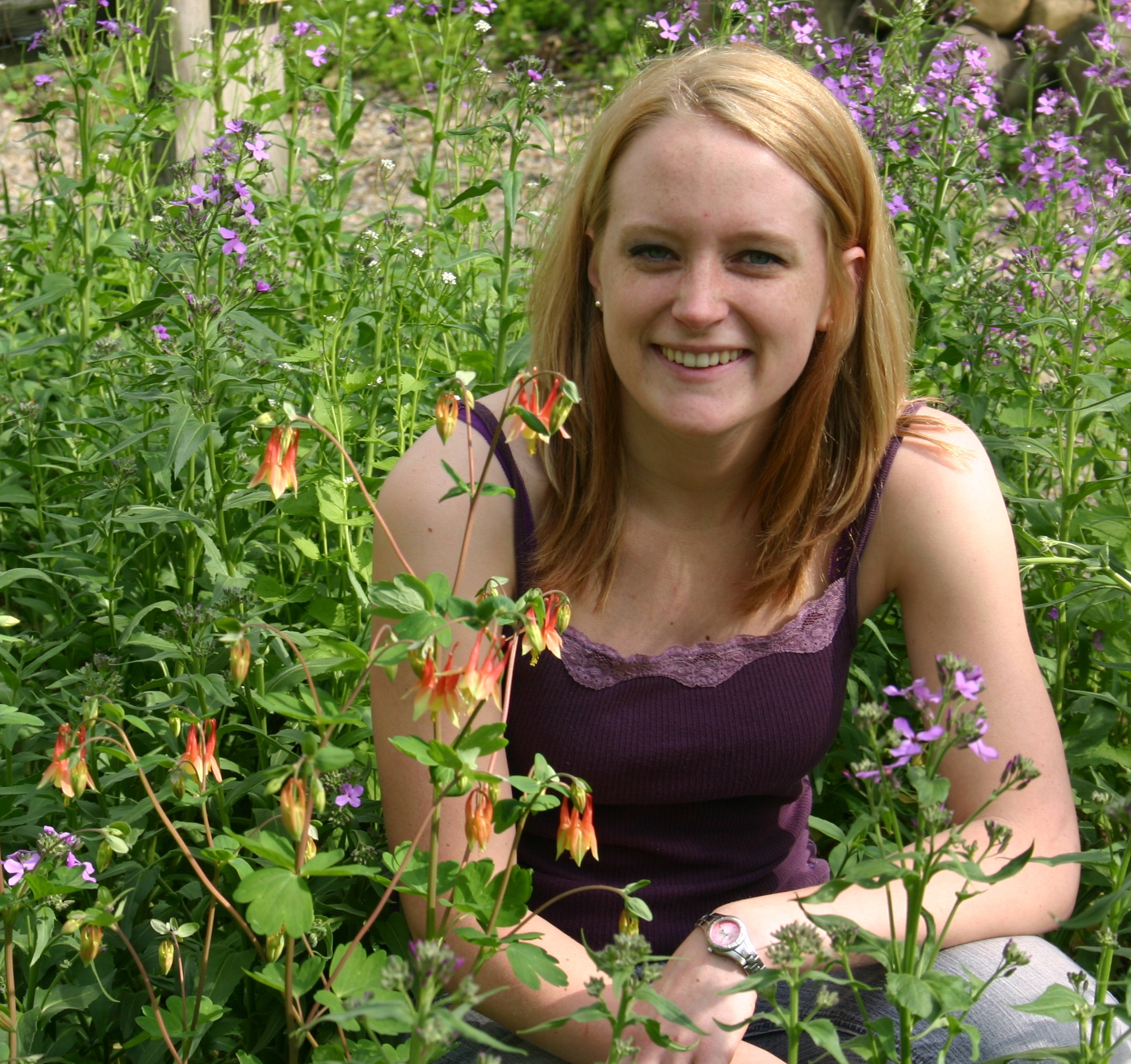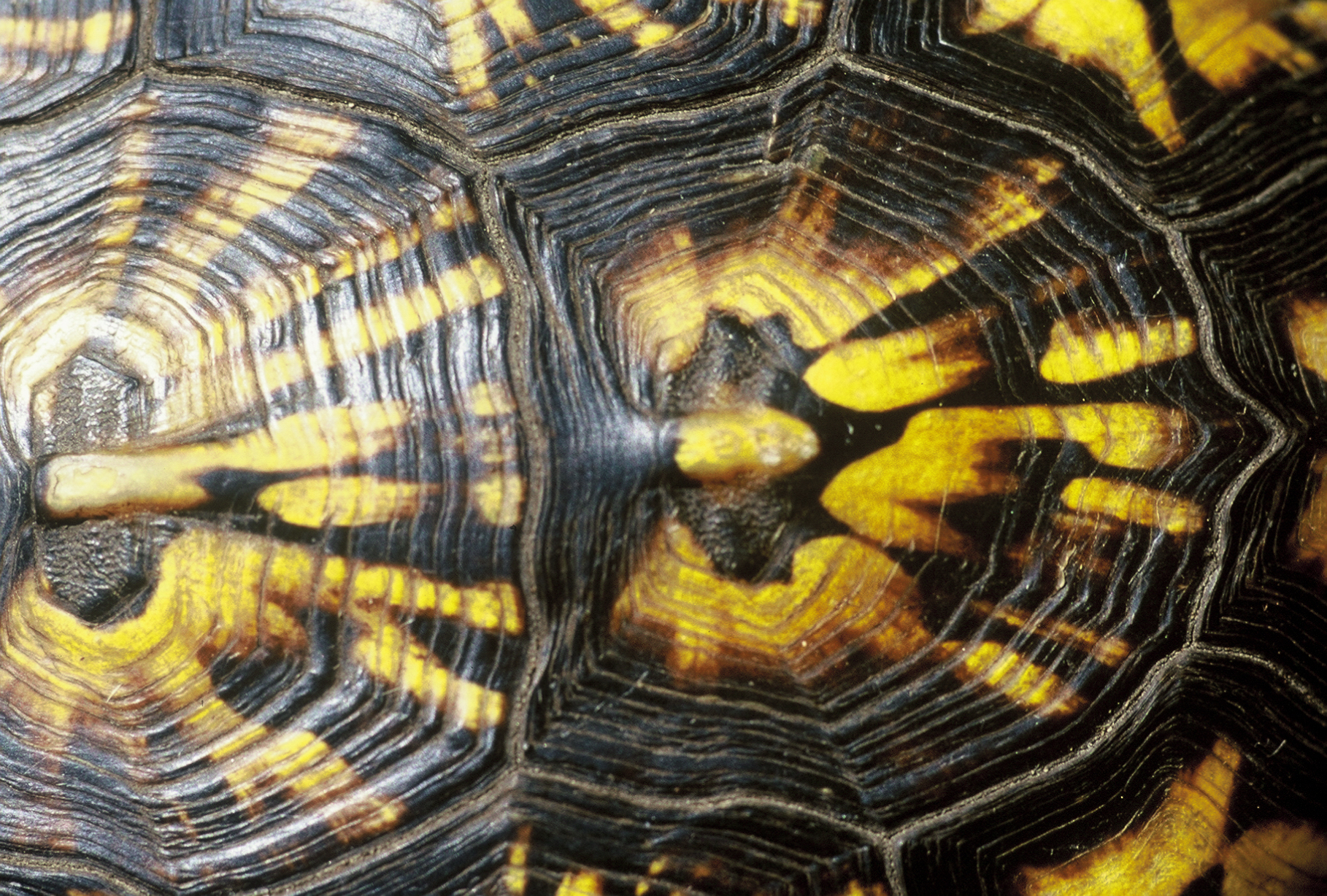


currently unavailable 'Epic' catalpa represents my life long interest in this genus since first seeing it in blossom when I first moved to southwestern Michigan. Here the catalpa trees were huge and the solid carpet of orchid like flowers underneath the trees in mid summer made me a believer. I had seen some seriously large trees of catalpa in my hometown as well. They usually were on older farm houses or sometimes planted in a row along a road.
I was fortunate to obtain seeds of several species of hybrids as well as species not currently used in the nursery trade. Catalpa was considered a 'looser' tree by nurseries and thought of as a trash tree. I produced a lot of trees of them but each time, few people were interested. Some very good plants came from two seeds sources I was using. Rupprechtii and Erubecens were two which frequently produced small plants with heavy flowering. This group was then listed under one name 'Epic' which was sold as Ecos catalpa. Epic is a name most people would not ascribe catalpa to. I do.
This species hybrid would be good to make futher selections from for both street trees and timber like trees. I will try to separate the two species when harvesting the pods. The Rupprechtii crosses are more upright and the hybrid Erbuescens will produce both types including small 1 ft. tall plants that flower. These two species are epic and worth growing for numerous types of selections that it could offer.
Seed Germination: The seed does not require dormancy of any type. It can sprout with just the addition of water and light. It may benefit from 60 days and cold and moist dormancy and then layer on the soil and keep moist. Seedlings pop very quickly. Cover the seeds lightly if at all.
| Plant Specs |
| Genus & Species |
Catalpa x erubescens and rupprechtii |
| Seed Source |
Michigan |
| Hardiness |
minus 25 F at our farm. |
| Height (ft) |
20-40 ft. with a 10-20 width |
| Pollination Requirements |
Probably self fertile. Some plants produce a lot of fertile seeds, others do not. This is normal for catalpa. |
| Soil |
Tolerant of many soil types including clay and rock and sand. |
| Climate |
Zone 4-9 |
| Ease of Cultivation |
One of the easiest tree species to establish and should be considered almost indestructible due to its ability to callus quickly when damaged, fast growth and durable drought tolerant genetic make up. Truly one of the easiest species to grow in a wide range of conditions. The orchid like flowers attract many types of pollinators including hummingbirds. |

